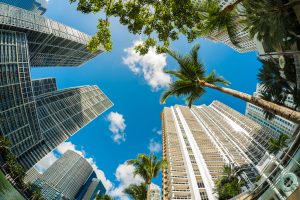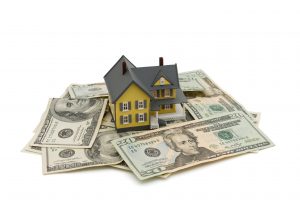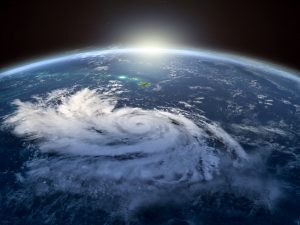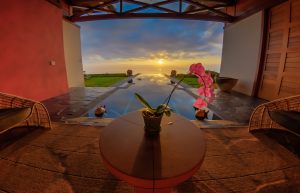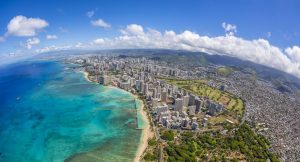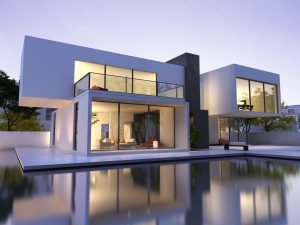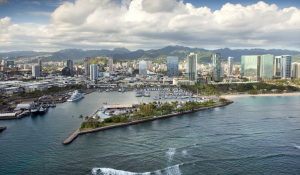Single-Family Home vs. Condo for Young Home Buyers
Millennials are entering the housing market en masse, and their needs will shape the majority of the housing market for decades to come. Young people seeking a home must decide whether a condo or single family house is best suited for their purposes. One choice is not necessarily better than the other, and there are pros and cons to both types of housing.
Condos
Condos are generally less expensive than single-family homes, but that’s not the only reason for their appeal. If you’re working hard to build your career and also enjoy a lot of socializing and traveling, spending your free time working on your yard or maintaining your home probably isn’t a top priority. With a condo, you can leave any exterior work to the homeowner’s association contractors. For many young people, easy access to restaurants, entertainment, shopping and nightlife is often essential, and condos are usually closer to these amenities than single family homes. Commutes are generally much shorter, and if you live downtown, there’s no commuting at all.
There’s also the “family” aspect. If you don’t plan to have children, or at least not for quite some time, purchasing a condo may make more sense. Since most condos are marketed to adults, you don’t have to concern yourself with the quality of the local school system or all the other considerations those intending to raise a family must contend with in a home purchase.
When it comes time to sell, however, it may take longer to do so with a condo than a single family home. That’s because there’s a uniformity to the units, so those selling two floors above you and two floors below you are likely pretty much the same as your space. It’s harder to make your unit stand out for a buyer than a more individual single family home.
Single Family Homes
When you live in a single family home, you have more responsibilities, but you also have more options. You can generally make changes to the exterior and interior, as long as the changes meet local zoning codes. You can personalize your home in ways that aren’t possible with a condo.
If you have your heart set on a single-family home but don’t have unlimited funds, there are ways to achieve your goal if you’re willing to make some sacrifices. That primarily means putting up with a longer commute. Houses close to major commuting areas are virtually always more expensive than dwellings close by, and you’ll get more “bang for the buck” in terms of home size and amenities. If you or your spouse works in Honolulu, for example, consider how far out you are willing to move to buy a house you really want. If one or both of you are able to work remotely at least part of the time, that may make up for long commutes on other days.
Contact Us
If you’re looking to buy or sell a home or find a rental property, you need a knowledgeable, experienced realtor familiar with all aspects of the Hawaiian real estate market. Contact Island Realty Group LLC at 808-689-7407 or IslandRealtyGroup@irghi.com.
October 11, 2018

